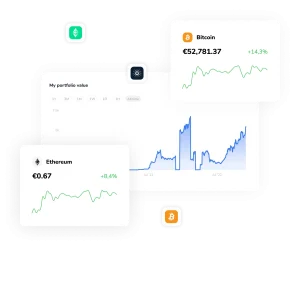
Invoice finance is the process of using a company to fund your unpaid invoices. This process involves transferring money to the company that controls a trust account that appears to be owned by the business. In this way, your customers think they are paying you directly. The company takes care of deducting fees and interest, and then transfers the balance to your business account. You can use invoice financing across your entire sales ledger or choose to finance only specific receivables.
Invoice finance works for businesses that have very little in the way of physical assets. Because the lenders use your unpaid invoices as collateral, you don’t have to put up any additional security. Generally, invoice finance lenders advance you money in less than 48 hours and can provide up to 95% of the invoice value. It is important to note that the lender keeps control of your sales ledger. In this way, you still have control of your business’s cash flow and can pursue payment from customers without losing it.
Another type of invoice finance is discounting. This form of financing enables a business to borrow money against its outstanding invoices. Discounting is particularly beneficial to businesses with large accounts receivable because it allows them to access cash immediately. All you need to do to apply for invoice finance is provide a list of outstanding invoices and a lender will advance a percentage of the total invoice value. After deducting fees and interest, you can forward the money to your business.
Invoice finance allows you to use the money from your invoices to pay your suppliers and employees, or to reinvest back into your business. With so much money at stake, keeping cash flow healthy is crucial for business success. As a result, invoice finance can provide much-needed cash to businesses that can’t afford to wait for payment from their debtors. A company that offers invoice finance can borrow up to $5 million and enjoy faster cash flow.
One major drawback of invoice financing is its cost. Invoice financing can become expensive quickly if your customers take months to pay you. If your customers don’t pay the money in time, you’re on the hook for the cost of the advance. Another disadvantage is that there is no way to predict exactly how much your invoice financing will cost until you start receiving payments. Some factoring companies will charge higher fees for non-binding applications.
As with other forms of business funding, invoice financing comes with high costs. The cost of the service usually includes an interest rate, as well as a credit management fee. Most companies charge a monthly fee between 0.75 and 3% of the value of your invoices, and it can be as high as 15%. But the benefits outweigh the disadvantages. If your business is struggling to make ends meet, invoice financing could help you with your cash flow.








